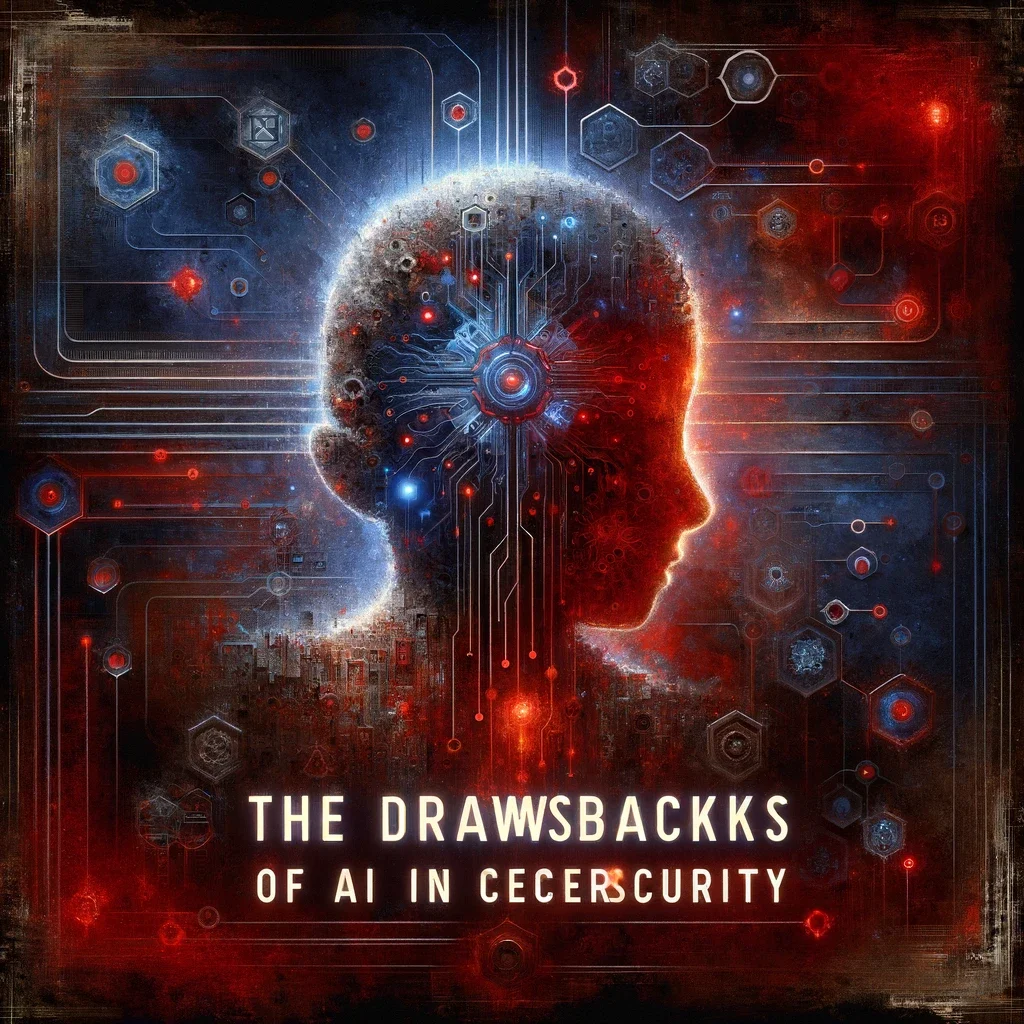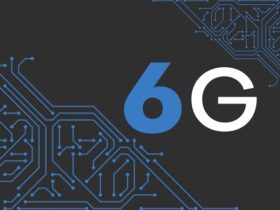In today’s digital landscape, where cyber threats loom large, the integration of Artificial Intelligence (AI) in cybersecurity has become a game-changer. AI is not just a buzzword; it’s a powerful tool that is transforming how we defend against cyber attacks and safeguard sensitive data. Let’s delve into the role of AI in cybersecurity, its pros and cons, and address some frequently asked questions to understand its impact.
Role of AI in Cybersecurity
AI Cybersecurity: Protecting Against Evolving Threats
AI cybersecurity refers to the use of artificial intelligence technologies to enhance the security posture of systems and networks. It goes beyond traditional methods by continuously learning and adapting to new threats in real-time.
Proactive Threat Detection
One of the key roles of AI in cybersecurity is its ability to detect threats proactively. AI-powered systems can analyze vast amounts of data, identifying patterns and anomalies that might indicate a potential attack. By recognizing these patterns, AI can swiftly flag suspicious activities and alert cybersecurity teams, allowing for rapid response and mitigation.
Adaptive Defense Mechanisms
AI enables adaptive defense mechanisms that can autonomously respond to threats. These systems can learn from previous attacks to predict and prevent future breaches. For instance, AI can automatically adjust firewall rules or block suspicious IP addresses based on behavioral analysis, reducing the window of vulnerability.
Speed and Efficiency
In the fast-paced world of cyber threats, speed is crucial. AI-driven cybersecurity tools can analyze threats and respond at machine speed, far outpacing human capabilities. This rapid response time is critical in preventing or minimizing the impact of cyber attacks.
Enhanced User Authentication
AI plays a vital role in enhancing user authentication processes. Through biometric data analysis and behavioral patterns, AI can strengthen authentication protocols. This reduces the risk of unauthorized access, especially in sensitive systems and networks.
Consistent Monitoring and Analysis
AI tirelessly monitors network activity round the clock, providing continuous threat intelligence. It can analyze massive volumes of data in real-time, which would be impossible for human analysts alone. This continuous monitoring ensures that even subtle signs of compromise are detected and addressed promptly.

The Drawbacks of AI in Cybersecurity
Overreliance on AI
While AI is a powerful ally, overreliance on this technology can have drawbacks. Organizations may become complacent, assuming that AI systems can handle all security challenges. This could lead to neglect of other critical security measures and a false sense of security.
Complexity and Integration Challenges
Implementing AI-powered cybersecurity solutions can be complex. Integration with existing systems, data privacy concerns, and the need for specialized expertise can pose challenges for organizations. It requires a thoughtful approach to ensure seamless integration and maximize the benefits of AI.
Potential for Bias and False Positives
AI systems are only as good as the data they are trained on. There is a risk of bias in AI algorithms, which can result in false positives or false negatives. For example, an AI system may incorrectly flag legitimate user activity as suspicious due to biased training data.
Evolving Threats Require Constant Updates
Cyber attackers are constantly evolving their tactics, which means AI systems must be regularly updated to stay effective. Failure to update AI models with the latest threat intelligence could leave systems vulnerable to new attack vectors.

Examples and Case Studies: AI in Action for Cybersecurity
AI-Driven Threat Detection Platforms
One of the most prominent examples of AI in cybersecurity is the use of AI-driven threat detection platforms. Companies like Darktrace and Cylance utilize AI algorithms to monitor network traffic and detect anomalies that indicate potential threats. These platforms can identify unusual patterns of behavior, such as unauthorized access attempts or abnormal data transfers, and raise alerts for immediate investigation. Darktrace’s “Enterprise Immune System” and Cylance’s “CylancePROTECT” are prime examples of AI-powered solutions that have proven effective in thwarting cyber attacks.
Behavioral Analysis for Insider Threat Detection
AI is particularly effective in detecting insider threats through behavioral analysis. By monitoring user behavior and comparing it to established patterns, AI systems can flag suspicious activities that may indicate malicious intent. For instance, a sudden surge in file downloads or access to sensitive information outside of regular working hours could raise an alert. Companies like Gurucul and Securonix specialize in AI-driven Insider Threat Detection solutions, providing organizations with advanced tools to combat internal threats.
AI-Powered Endpoint Security
Endpoint security, which protects individual devices connected to a network, has greatly benefited from AI advancements. AI-powered endpoint security solutions, such as CrowdStrike Falcon and Symantec Endpoint Protection, employ machine learning algorithms to identify and respond to threats in real-time. These systems can detect malware, ransomware, and other malicious activities at the endpoint, mitigating risks before they escalate. CrowdStrike’s use of AI for “Falcon Prevent” has resulted in swift and accurate threat detection for millions of endpoints worldwide.
Fraud Detection in Financial Institutions
In the financial sector, AI plays a crucial role in fraud detection and prevention. Banks and financial institutions use AI algorithms to analyze transaction data, detect unusual patterns, and flag potentially fraudulent activities. AI can identify fraudulent transactions with high accuracy, minimizing financial losses and protecting customer accounts. Companies like Featurespace and FICO utilize AI-driven fraud detection systems to safeguard against payment fraud, account takeover, and identity theft.
AI-Enhanced Security Analytics
Security analytics is another area where AI is making significant strides. AI-powered security information and event management (SIEM) solutions, such as Splunk and IBM QRadar, collect and analyze vast amounts of security data from various sources. These systems can correlate events, detect threats in real-time, and provide actionable insights to security teams. AI enhances the efficiency of security analytics by automating the process of identifying and prioritizing security incidents, allowing organizations to respond swiftly to potential threats.
Real-World Applications of AI in Cybersecurity
- Phishing Detection: AI algorithms can analyze email content and user behavior to detect phishing attempts, helping users avoid falling victim to malicious links or attachments.
- Network Traffic Analysis: AI-driven network traffic analysis tools, like Cisco Stealthwatch and Vectra AI, monitor network activity for signs of abnormal behavior or potential threats.
- Vulnerability Management: AI can assist in identifying and prioritizing vulnerabilities in systems and applications, enabling organizations to patch critical vulnerabilities before they are exploited by attackers.
- Incident Response Automation: AI-powered incident response platforms, such as Demisto and Resilient, automate the process of triaging and responding to security incidents, reducing response times and human error.
Pros and Cons of AI in cyber security
Pros of AI in Cybersecurity
- Proactive threat detection and response
- Adaptive defense mechanisms
- Speed and efficiency in analyzing threats
- Enhanced user authentication
- Consistent monitoring and analysis
Cons of AI in Cybersecurity
- Overreliance on AI
- Complexity and integration challenges
- Potential for bias and false positives
- Need for constant updates to tackle evolving threats
FAQs About AI in Cybersecurity
AI analyzes vast amounts of data to identify patterns and anomalies that might indicate a potential cyber attack. It can detect threats in real-time and alert cybersecurity teams for swift action.
While AI can significantly enhance cybersecurity, it is not foolproof. It is essential to implement a multi-layered security approach that combines AI with other security measures.
AI-powered cybersecurity tools include intrusion detection systems (IDS), security information and event management (SIEM) solutions, and endpoint security platforms.
The cost of AI cybersecurity solutions varies, but there are options tailored for small businesses. Some cloud-based AI security services offer scalable and cost-effective solutions.
AI analyzes biometric data and user behavior to strengthen authentication processes. This helps prevent unauthorized access and enhances security for sensitive systems.
No, AI cybersecurity solutions are available for businesses of all sizes. Many cloud-based AI security services offer scalable options suitable for small and medium-sized enterprises (SMEs).
AI automates incident response processes by analyzing alerts, prioritizing threats, and executing predefined responses. This accelerates incident resolution and reduces manual intervention.
While AI can detect anomalous behavior indicative of zero-day attacks, it cannot predict specific zero-day vulnerabilities. However, it can contribute to early detection and response to such threats.
The cost of AI cybersecurity solutions varies, but there are cost-effective options available, especially cloud-based services with subscription models that cater to different budget levels.
Conclusion: The Role of AI in Cybersecurity
In conclusion, AI is pivotal in cybersecurity, enabling swift threat detection, prevention, and response. AI systems proactively identify threats, adapt defenses in real-time, and enhance user authentication, bolstering security.
While AI brings substantial benefits, careful implementation is crucial. Organizations must balance advantages with potential drawbacks like overreliance and the need for updates. By integrating AI with existing security measures, they can stay protected from new threats.
Techeranews recognizes AI’s transformative impact in cybersecurity. Follow us for updates on AI cybersecurity and tech trends. Stay informed with Techeranews for the latest insights in AI cybersecurity.














Leave a Reply